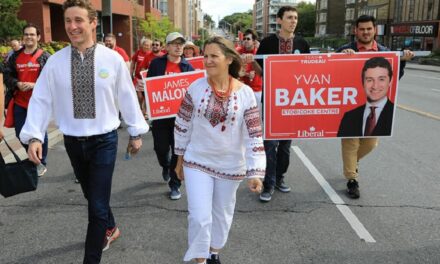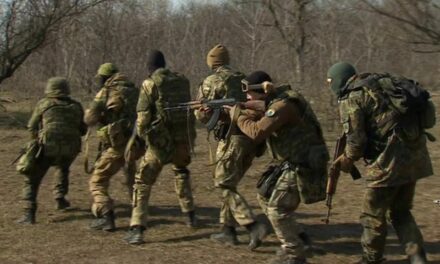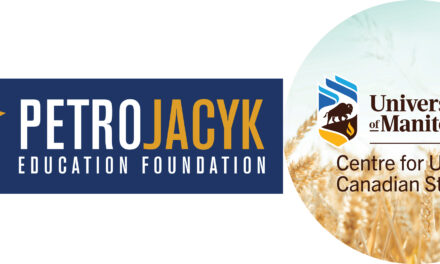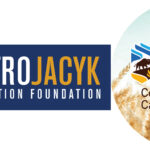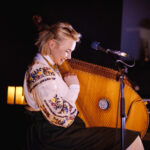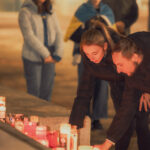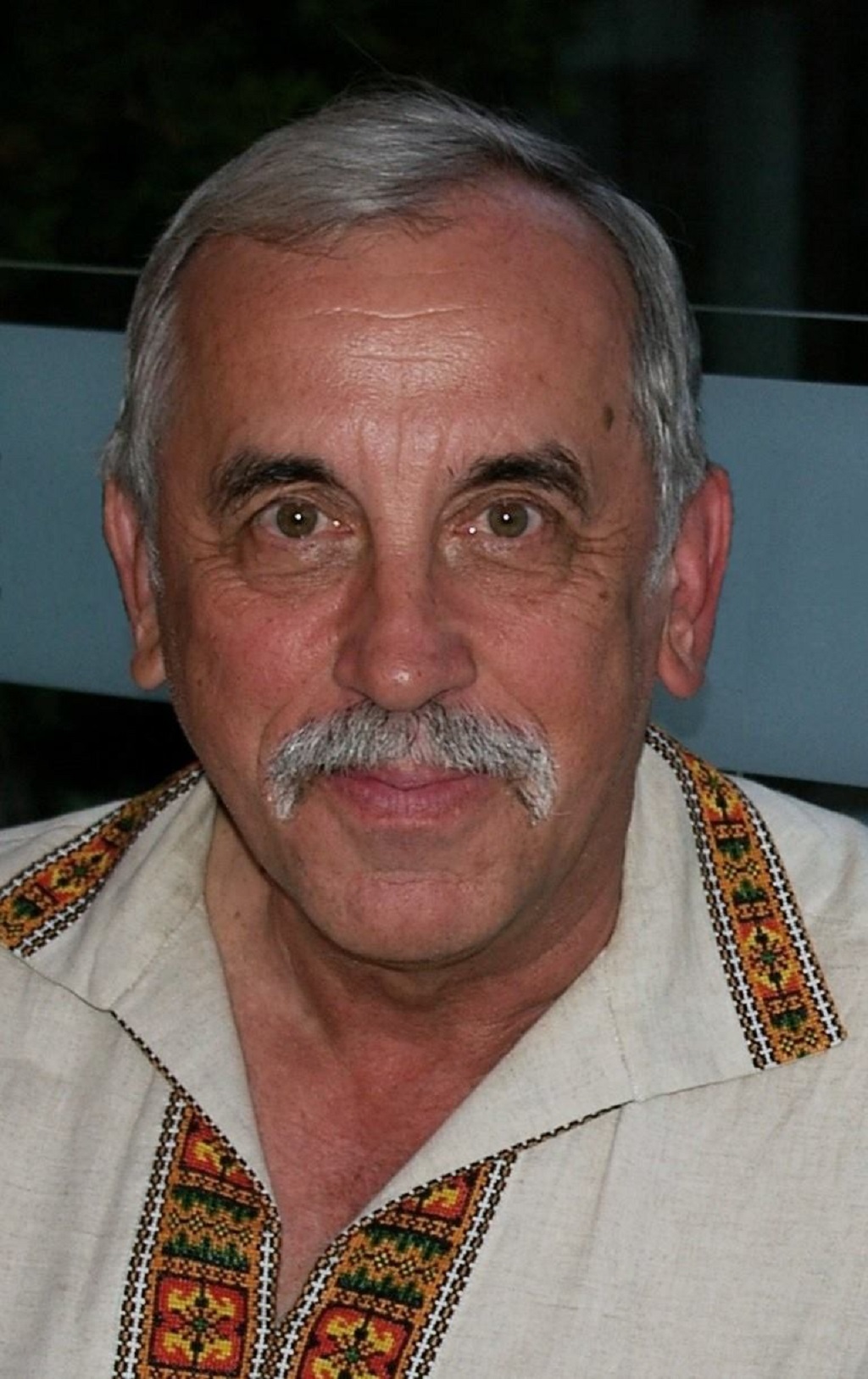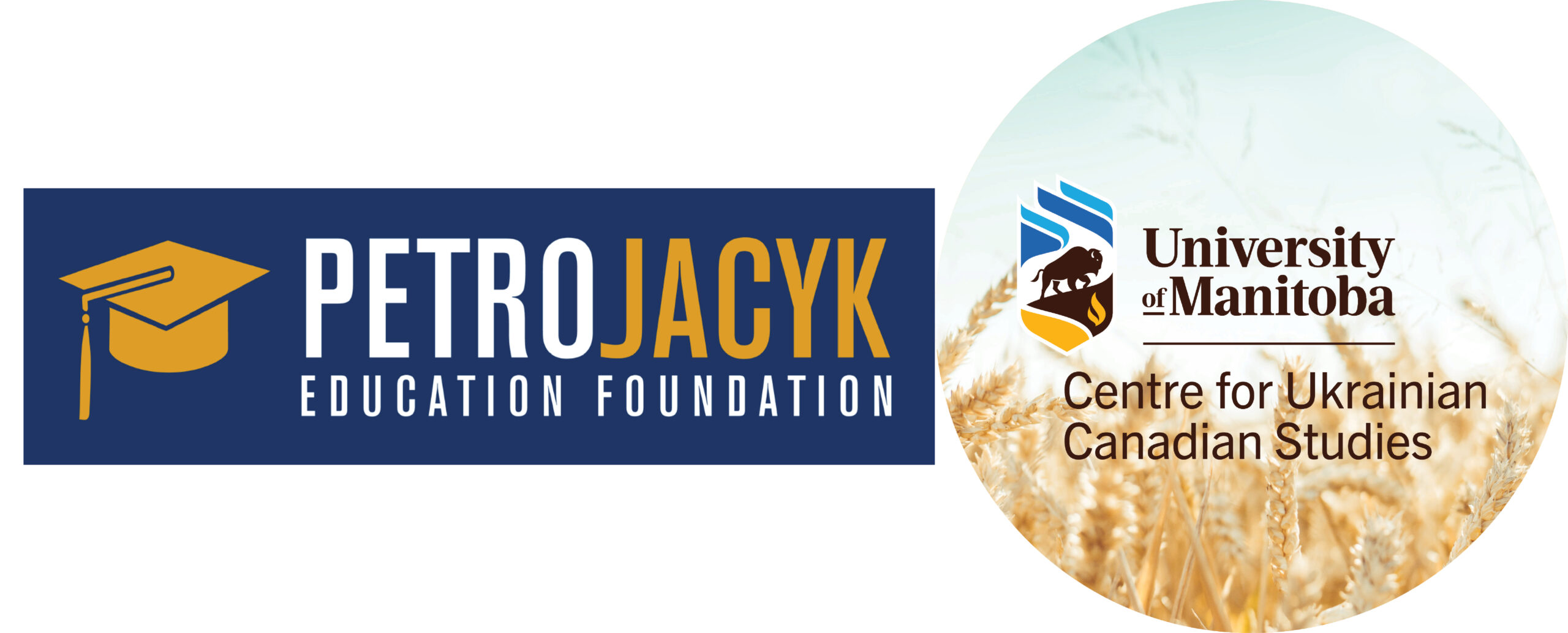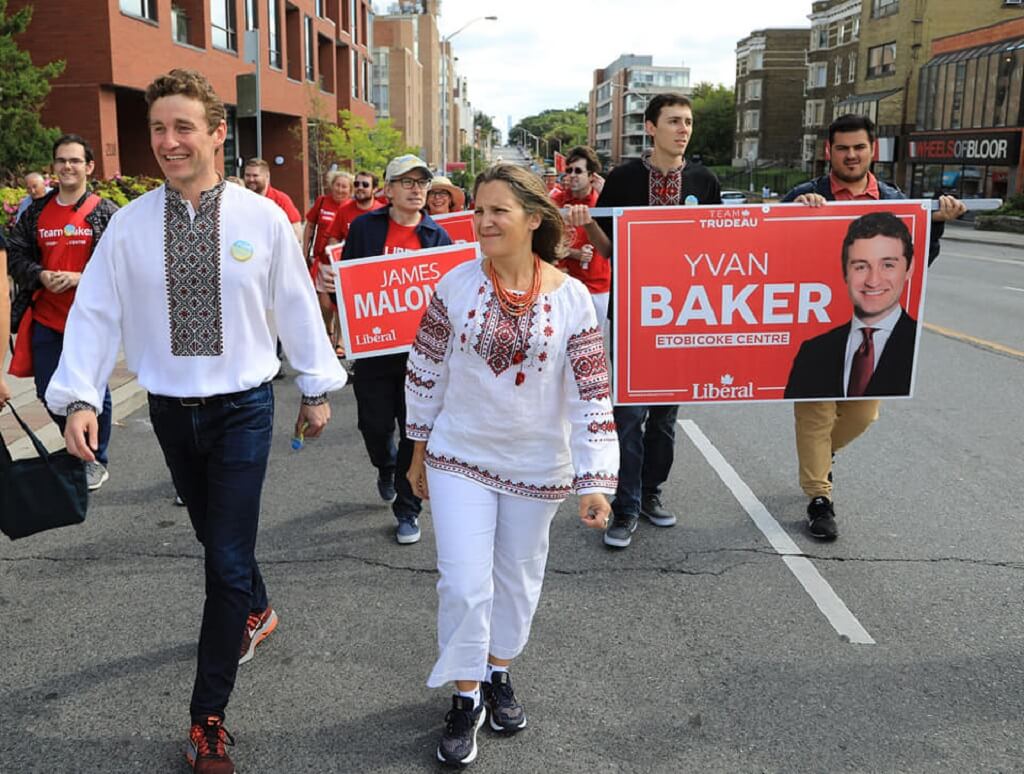David A. Mittell, Jr for NP-UN.
A university is, or should be, a place where ideas are put to the test. Accordingly, Ukrainian Catholic University’s days of celebration offered an opportunity to examine a range of ideas. One could not attend all the events. But I did sit in on a talk by Myroslav Marynovych — held in the sunlit basement of the Sheptytsky Library.
If there is one whose life’s accomplishments may exceed those of friend of us all, Bishop Borys Gudziak, it is the university’s vice rector, Myroslav Marynovych. In 1976 he was a founding member of the Ukrainian Helsinki Group — a distinction that qualified him for a long criminal trial and 10 years of prison and exile. Were knowledge about Ukraine not so abysmal in the West he would be a candidate for the Nobel Peace Prize. (NPUN Note: Myroslav Marynovych is the second cousin of Edmonton resident and Ukrainian community activist Michael Doschak)
In America, we sometimes measure our self-importance by the celebrities we have met. This guy is worth all the hands I have ever shaken! He says everything needed to be said about the current controversy in the United States about removing Confederate monuments: “It is easy to make statues of Lenin fall. It is harder to purge communism from our hearts. It is easy to put a cross on a wall. It is harder to put Christianity in our hearts.”
In response to a windy question that he politely endures, the rector distinguishes forgiveness from the rule of law. Forgiveness, he says, is essential, but personal. It does not exempt perpetrators of crimes from the consequences of the law. In response to another question he makes a more controversial distinction: “We affirm what is ours without hating what is not ours.”
Historically, this refers to the practice of buying from fellow ethnic Ukrainians rather than from Jews. In the current age we should be careful how we judge forbears of an officially-despised majority (Ukrainians) living cheek-by-jowl with an officially-despised minority (Jews). One would be surprised if Jews did not also practice buying from their fellows. But here Bishop Gudziak, who is unequivocal about the need for reconciliation, may be the wiser exemplar.
A final treat for these eyes was a bus tour to the historic city of Zhovkva and to the ancient monastery at Krekhiv. Zhovkva was a medieval walled city and market town. Under the Polish-Lithuanian Commonwealth (1569-1795) the city and its churches were supported by the Polish King Jan III Sobieski (1629-1696). With encroachments of Tatars and Turks the city’s economic vitality withered. There is nothing like penury to effect historic preservation!
What we see today is a veritable museum of a walled city of the 1600’s, with its market square and any number of beautifully-preserved churches. They are exquisite, inside and out. Our first stop was Holy Trinity Church (1720). It has three sections, representing Father, Son and Holy Spirit and a (replaced) free-standing bell tower. This is typical of the ancient wooden tserkva of Poland and Ukraine.
(NPUN Note: Another stop was the Basilian Church of the Sacred Heart of Jesus (today known as Christ Lover of Mankind. Of particular interest to Canadian readers is the fact that the wall murals in this church were painted by Julian Bucmaniuk (1885–1967). After World War II, Bucmaniuk emigrated to Canada and settled in Edmonton where he painted the murals in St. Josaphat`s Ukrainian Greek Catholic Cathedral. He passed away in Edmonton)
I was particularly pleased that what had been billed as a Christian religious pilgrimage made a 20-minute stop at the ruins of Zhovkva Synagogue. Built in the 1690’s for a population believed to have been 50-percent Jewish, it was dynamited by the Nazis in 1941. Its walls are extant, and minimal repairs have been made. But in actuality the building looks worse than what one sees in representations on the Internet.
In these eyes’ attempts to portray Ukraine as she actually is to poorly-informed Americans, I continually return to the importance of reconciliation between Jews and Ukrainians — the former most accurately thought of as fellow-Ukrainians. This is partly from the moral imperative that in remembering the past, only the truth will do. As a practical, political matter, reconciliation is also essential to American support for independent Ukraine.
American Jews have been subject to a powerful combination of Soviet and Russian propaganda, and tales of pogroms in Ukrainian lands passed on in families from generation to generation. If Jewish Americans cannot be convinced that independent Ukraine truly embraces them and all other ethnicities, Ukraine is going to continue to be understood in the United States as what Russian propaganda says she is.
The last stop in our pilgrimage was the 16’th-century Krekhiv Monastery, 12 kilometers west of Zhovkva by country road. Along this road one sees the heart of independent Ukraine as I have seen it — east, west, north and south. It is small, sturdy houses, with gates enclosing farm animals and cultivated plots — all in good repair. It is new houses of the same type, lovingly being built. It is freedom.
By contrast, the “news” of Ukraine this week was of the antics of Mr. Saakashvili in trying to outsmart the antics of the Poroshenko government in preventing his return to Ukraine. Like fistfights in the Rada, this is the image that will make its way to North America. The true news of Ukraine doesn’t have a chance.
At the Monastery, we took what was mendaciously forecast to be a light supper and proved a sumptuous feast. To one of the organizers I complained that we were treated like spoiled brats who think we deserve such riches. Like the Sheptystky Library we have been blessed, and need to know it.
The Krekhiv Monastery reopened in 1990 after being closed in Soviet times. It sits at the foot of steep, typically western-Ukrainian hills, which by dint of the monastery’s age look to be covered in old-growth forest. Next time I’ll come to climb! The monastery’s renewal, and not least the oh-so-young monks who helped serve the feast, tell us that religion in Ukraine — and, I believe, in most of the other 29 nations of the former Soviet bloc — is alive and serious.
David A. Mittell, Jr. is the author of
Ukraine in Winter, Two Years after the Maidan.
He can be reached at [email protected]
Share on Social Media






